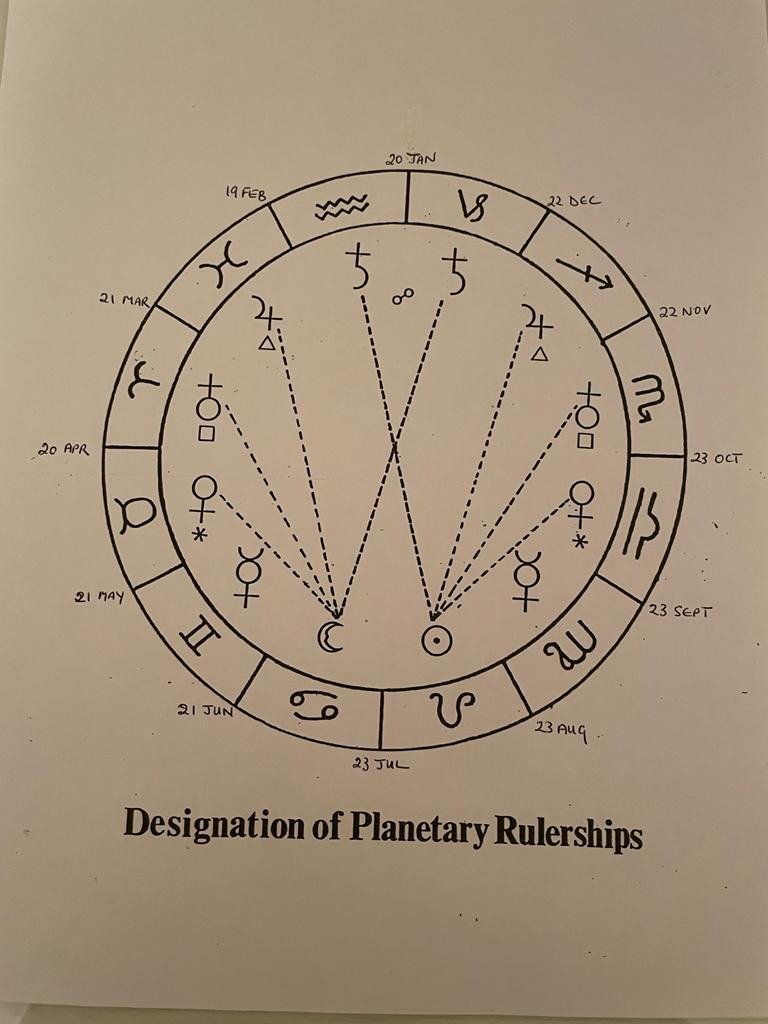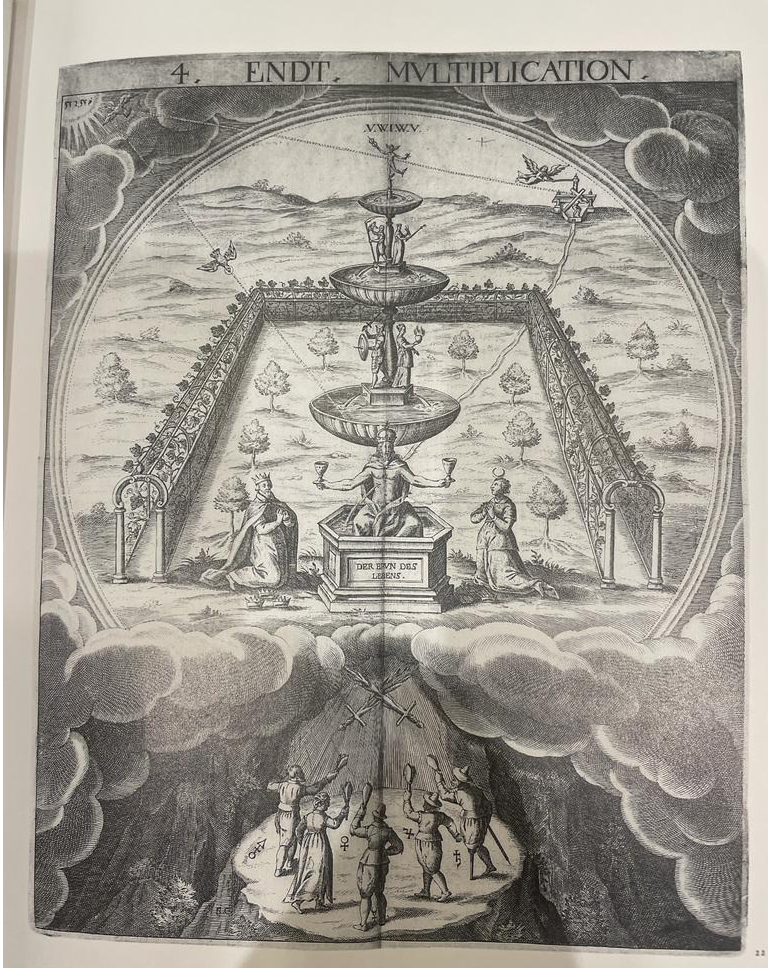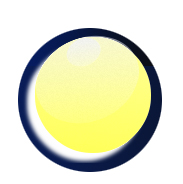Movements of Saturn have been observed and recorded since Babylonian times.
The ancient Romans held a festival of Saturn in December each year – originally for one day but later in Pagan times it extended to last a week from 17th to 23rd December – and it was a period of merry-making, feasting, drinking, and sometimes more, when all work and business ceased. This festival was to honour Saturn, the God of Agriculture in Roman mythology, around the time of the Winter Solstice, and the sowing of seeds for the next year’s harvest. It was seen as a celebration of what the God offered to humanity in the way of the potential for a new growing season and renewed prosperity. This may be the basis of the term “Saturnalia”.
Until the invention and development of the telescope in the early 1600’s, Saturn was the last planet visible with the human eye. It was the outermost limit of the physical world as was then known, and during a time of Hermetic beliefs (“As above, so below”), it was an important link with heavens and the passing down of the Word of God to humanity on Earth through first the Archangels, then Angels, via the Elements of Fire, Earth, Air and Water, and then through the planets, first Saturn, then Jupiter, Mars, Venus and Mercury. This was the 17th Century view of the world people lived and believed in.
Saturn has come to be seen as the ruler of boundaries, limitations, and restrictions from that time. Of course, his Greek title of God of Time lives on, and he is often portrayed holding a scythe as The (Grim) Reaper. The astrological symbol for Saturn is the cross of matter sitting on top of the semi-circle of spirit, (see first diagram, “Designation of Planetary Rulerships”), which if looked at side-ways, could be imagined as a scythe. In fact, in traditional astrology, Saturn was known as a malefic planet – a planet of self-control, thrift, even fear, and hard work, self-denial and self-discipline – the antithesis of everything “Saturnalian”! It is a slow-moving planet – taking 29.46 years to travel in its elliptical path around the Sun, so is interpreted as indicating caution, steadiness, seriousness and reliability. Unlike Mars, it is not a planet that suggests rushing into things, again, not very “Saturnalian”, and has also come to mean delays and disappointments.
As the ruling planet of Capricorn, it is an Earth planet. The element of Earth relates to practicality, dependability and loyalty, but also at the same time an enjoyment of physical comforts (often food as well as material possessions and money). It is far too level-headed, and conservatively traditional however, to indulge in irresponsible bacchanalian pursuits. The element Earth relates to the “melancholic humour” and therefore also depression. We talk today of people having a “saturnine” temperament, meaning “gloomy”. It is a Yin (inward-looking) rather than a Yang energy. Saturn’s colour is black, its metal, lead which gives us a feel for its “heaviness” in the chart, and the need to treat it respectfully. It is also said to represent long-term Karma (God of Time).
The idea of “Saturnalia” might have developed from the actual time of the year in which those pursuits were enjoyed. Early astronomers gave the rulership of the signs Capricorn (22 December to 19 January) and Aquarius (20 January to 18 February) to Saturn. These were the two signs of deepest Winter when it was cold and dark, and at the opposite time of the year when the Sun shone brightly in the Summer months of June and July (see first diagram below). Saturn was the furthest planet from the Sun, the giver of warmth and light and was therefore seen as a cold, dark, and by association, malefic, planet.

I find Saturn’s place within the whole idea of alchemy (a process of individuation according to Jung) fascinating. Saturn was the “alembic”, the closed container (remember its position as the outermost visible planet) of the energies of the personality going through the transformation process, holding the Ego throughout the process. Saturn (often depicted as the King in lithographs of the 17th Century, or senex or old man) was also seen as the base metal, the “prima materia”, Lead (our base nature) which needed to be improved/worked on through the four stages known as Coagulatio, Calcinatio, Sublimatio and Solutio – representing earth, fire, air and water – allowing a slow breaking down of the rigidity of the personality towards death of the Ego and final purification. Saturn ruled the first stage of Coagulatio and the nigredo (meaning “black” and representing depression). It was quite an occult practice during the end of the 16th century and through the 17th. The Alchemists’ bible was the Emerald Tablet of Hermes (Trismegistus). This alchemical idea can be related to our astrological interpretation of Saturn as the planet of hard work, determination, and seeing a task through to its end, as well as an energy that copes alone – the process of “purification” was very much an individual thing. (See diagram below).

In the diagram above, Mercury on top of the fountain wields, besides his Caduceus, the six-pointed Star of Harmony ….. at the bottom of the lithograph, the seven metals (or earthly planets) – Gold (Sun), Silver (Moon), quicksilver (Mercury), copper (Venus) iron (Mars), tin (Jupiter) and lead (Saturn) await their perfection……
Nor can the Greek Saturn (Chronus) give us a very “Saturnalian” feel … however we do get a feel for authority, power and the heaviness of lead – Chronus was head of the Titans, son of Uranus. He castrated his Father (as the myth goes), and swallowed his own children fearing they would overthrow him. When Rhea (wife of Chronus) bore Zeus, Rhea tricked Chronus into swallowing a stone (heavy, cold, hard) instead. Eventually, Zeus defeated Chronus.
We can therefore see through history and empirical knowledge involving many disciplines – mythology, astrology, alchemy, kabbalah, etc. – that the planet Saturn (at first honoured as a God, as was the Sun) carried huge importance and that the idea of “Saturnalia” was but one small thread in the understanding of it. So significant was it that along with “saturnine”, we have incorporated words such as “saturnism” (lead poisoning” and “saturnian” (an early Latin verse form with an equal number of stresses in each line).
For those ardent astronomers amongst you, Saturn is visible in the evening sky from the beginning of October through to mid-January, in the morning sky from mid-March through to end July, and all night in August and September.


